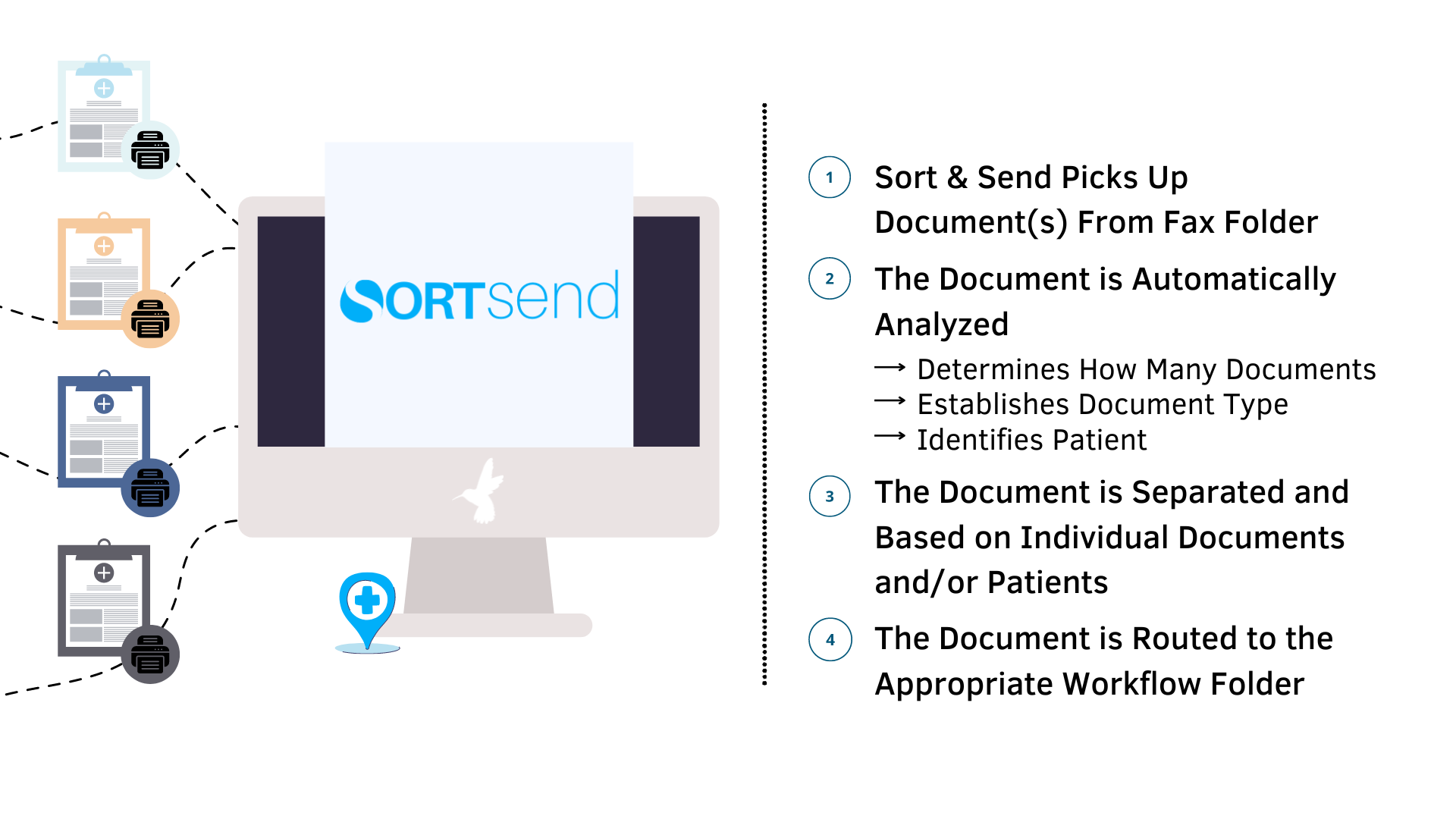On Tuesday we kicked off our fifth HealthyData Virtual Academy, a free AHIMA CEU event that was created in response to the COVID-19 pandemic, lockdowns, and social distancing. In the time since our first event was held, we’ve collectively lived through a global pandemic, adjusted our professional lives, and broke in new virtual realities. We’ve experienced the highs and lows of the “Great Resignation.” And through it all, we continue to ride the waves of an ever-changing healthcare industry where health data and information, central to everything we do, continue to explode.
Tuesday’s HDVA Fall event focused on the theme of Using Data and Analytics to Improve Clinical Staff Productivity and Flexibility and featured topics ranging from how implementing an automation solution can supercharge your document intake to making the most of our clinical and administrative staff.
HIM is highly sensitive to changes in the healthcare industry and with the COVID-19 pandemic, many HIM professionals found themselves in a position where they had to be able to readily understand and assimilate healthcare changes as they occur (at times, overnight). This group has been responding rapidly to these changes and are highly adept at meeting the evolving need for real-time health information at the point of care.
Laura Angelo, who is Associate Director of Project Management, Business Transformation at Mass General Physicians Organization, kicked off the Fall session by looking at the impacts of workplace stress and digital overload on productivity. She focused in on findings about the effects of technology, hybrid/remote work, and virtual meetings on mental and physical health and what that means for efficiency at work. She offered strategies to address losing focus on priority tasks, curbing technology “habits,” protecting valuable time and energy, and increasing overall wellness to increase productivity and effectiveness during work.
During Laura’s session she polled attendees 3x, below were the findings:
Poll #1: Are You…
Fully Remote (46%)
Hybrid (26%)
Fully On-Site (28%)
Poll #2: While Working Remote / Hybrid Are You…
More Productive / Less Stressed (68%)
Less Productive / More Stressed (13%)
No Change In Productivity / Stress (20%)
Poll #3: How Many Applications Do You Run Simultaneously?
1 – 3 (17%)
4 – 6 (58%)
7 – 8 (15%)
9+ (10%)
In response to the above findings, based on research, she suggested the following ‘hacks’ for being more productive and less stressed in the current workplace environment:
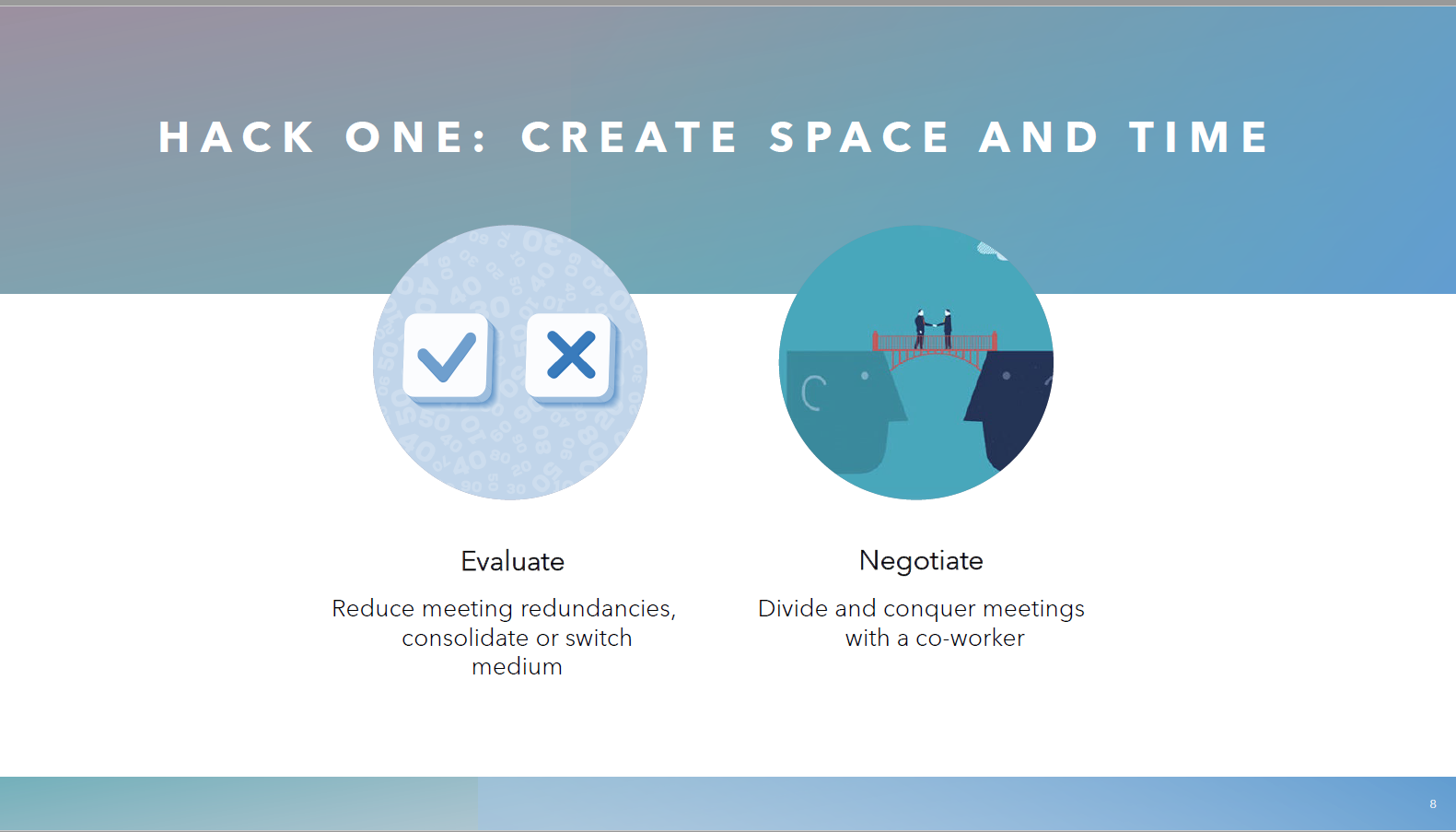
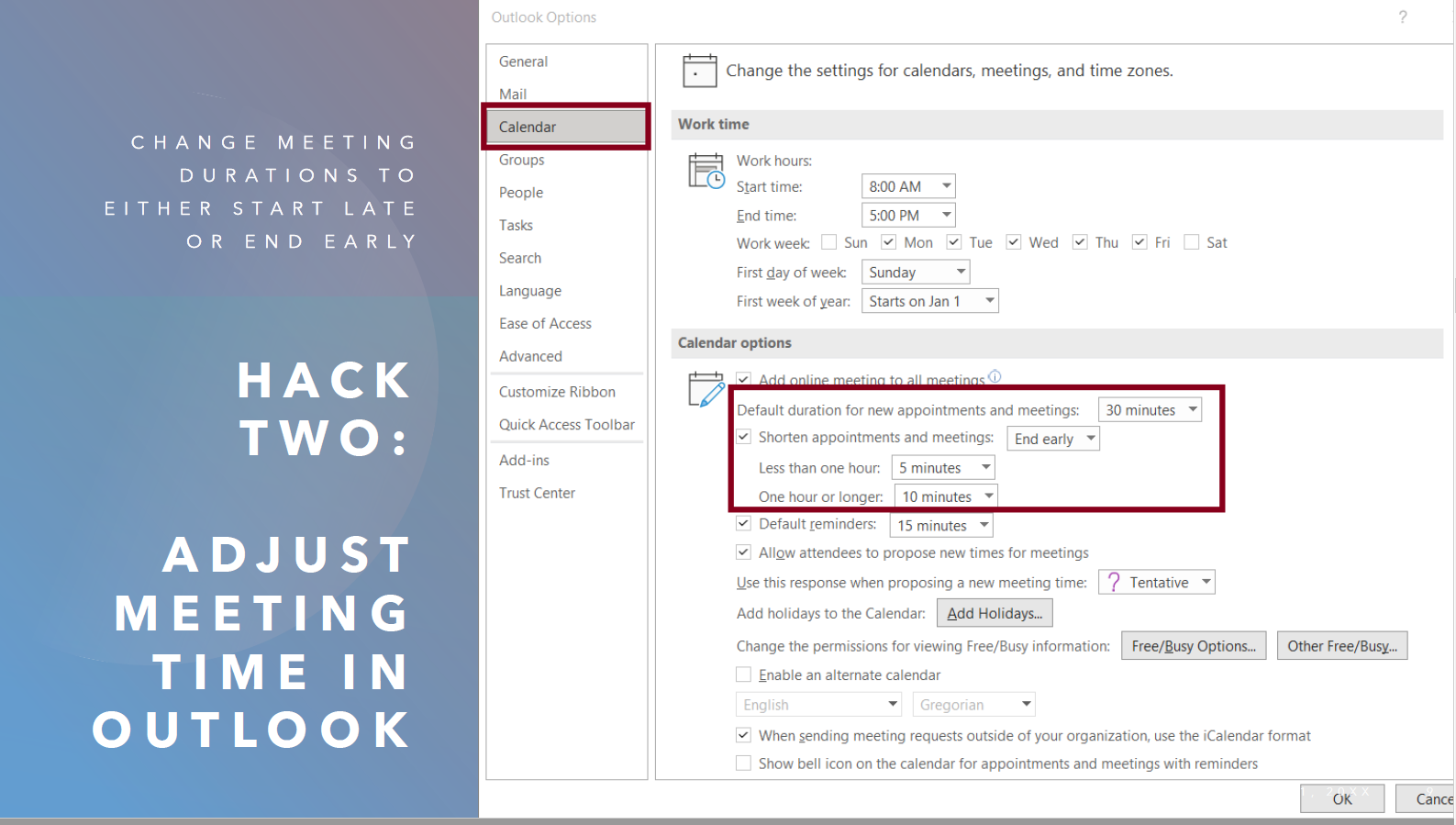
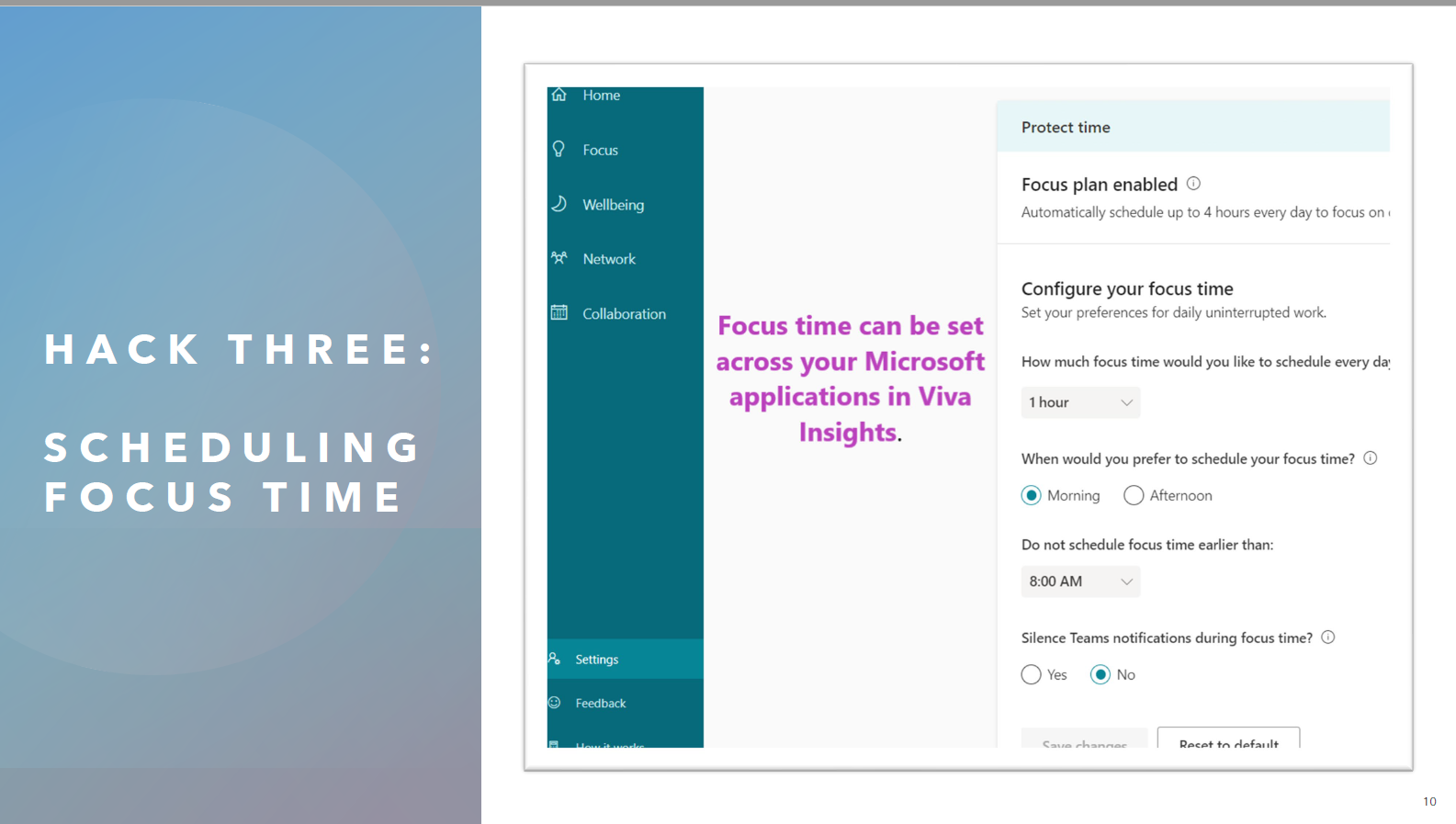
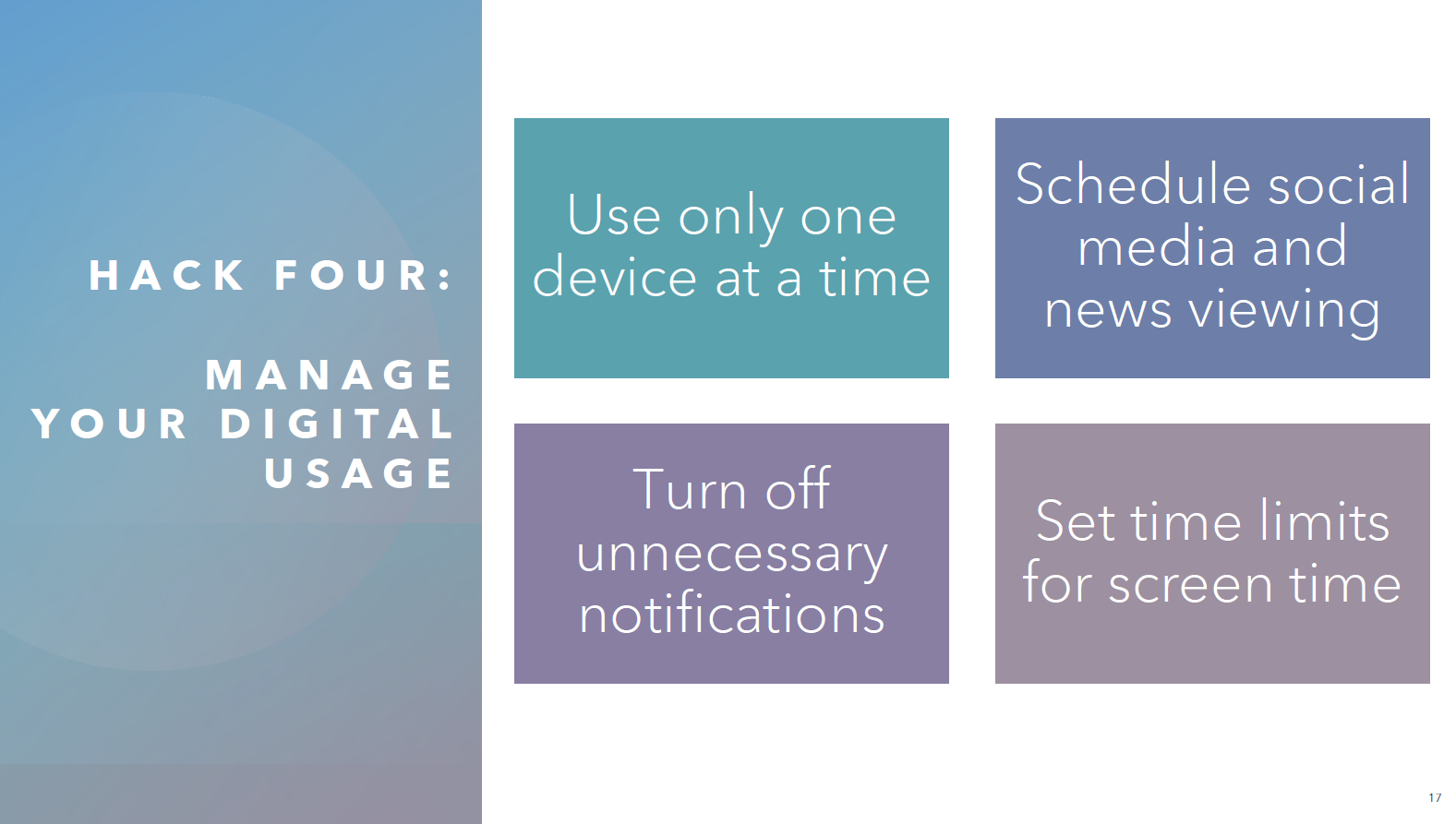
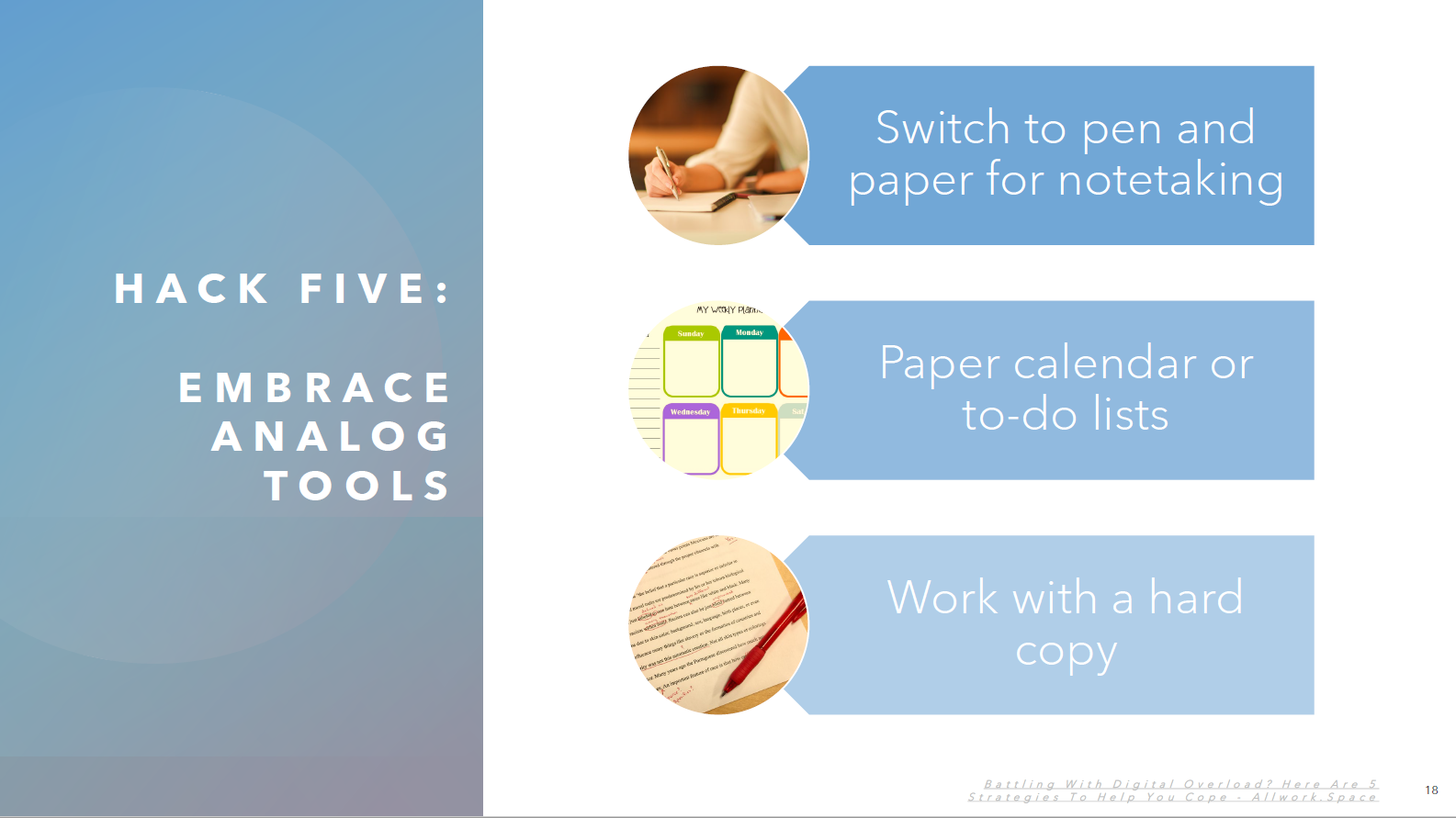

Laura also shared some jarring statistics in line with the expectations to do more with less. From 2020 to 2021 we saw a 250% increase in virtual meetings, 40.6 billion increases in emails sent, and a 45% increase in IM chats received (weekly).
Approximately 30% of the world’s data volume is being generated by the healthcare industry. By 2025, the compound annual growth rate of data for healthcare is estimated to reach 36%. That’s 6% faster than manufacturing, 10% faster than financial services, and 11% faster than media & entertainment.
So, what are you doing to pivot? During the second half of the Fall session, Josh Nail, who is a Business Development Manager at Extract Systems, offered direction and some possible solutions.
Data innovation has increased the use of electronic medical records (EMRs), but they need efficient and accurate data to get the most out of them. All patient information must be collected and recorded: chart information, medical and surgical history, insurance claims, account information, diagnoses, doctor’s notes, X-ray data, and MRI scans.
Josh explained what a typical ‘before workflow’ might look like:
In terms of the backend, leveraging automation can lead to improved interoperability between electronic health records (EHR) and can vastly streamline a patient’s experience, while old medical databases typically struggled to interact with other systems.
Josh explains that in his over 20+ years of experience in healthcare technology, solid integration is one of the reasons healthcare providers of all sizes and specialties have implemented automation solutions to make their medical data entry workflows more efficient and accurate. Recruiting and maintaining staff for the sole purpose of data entry does not seem to be an effective way to deal with the flow of information. He went on to show how Extract replaces the labor intensive, error prone, manual work needed to make clinical information accessible and usable within your electronic health record for unique physician workflows.
You can see the above workflow is less labor intensive (reduced manual steps), is enterprise wide, and as a result will make clinical information accessible and usable within their electronic health record for unique physician workflows with fewer errors.
Full Workflow for Extract’s Sort & Send Product
Productivity is a constant source of discussion in business, but Laura and Josh were able to show us that there really are effective solutions that allow you to do more with less.
HIM professionals are already addressing many factors influencing the healthcare industry, including changes in technology and its impact on delivery of patient care; consumer-driven healthcare and the movement for patient-centered care; and the value placed on health information for functions in healthcare organizations outside of medical records, such as quality improvement and other administrative functions, revenue cycle management and financial and strategic planning.
The pandemic only heightened this need to lean into new technologies. The role that HIM professionals play is evolving, and many of the paper forms of data are being eliminated as healthcare organizations convert to EHRs. The influence of this growing shift toward technology is already being felt across the industry, as many of the past roles of HIM centered on paper medical records are eliminated and replaced by new roles focused on patients’ electronic health records.
Here at Extract, we provide solutions to assist in automating document and data workflows that are rich in important medical data needed to effectively diagnose and treat patients. Extract automates the abstraction of large patient records and delivers to the nurse or the physician an index of document types and critical data so that clinical staff can immediately find the information needed.
If you’re interested in seeing how our software can deliver you discrete results and save your clinicians time, please reach out and we’d be happy to have an introductory call or show you a demonstration of our software.
About the Author: Taylor Genter
Taylor is the Marketing Manager at Extract with experience in data analytics, graphic design, and both digital and social media marketing. She earned her Bachelor of Business Administration degree in Marketing at the University of Wisconsin- Whitewater. Taylor enjoys analyzing people’s behaviors and attitudes to find out what motivates them, and then curating better ways to communicate with them.




